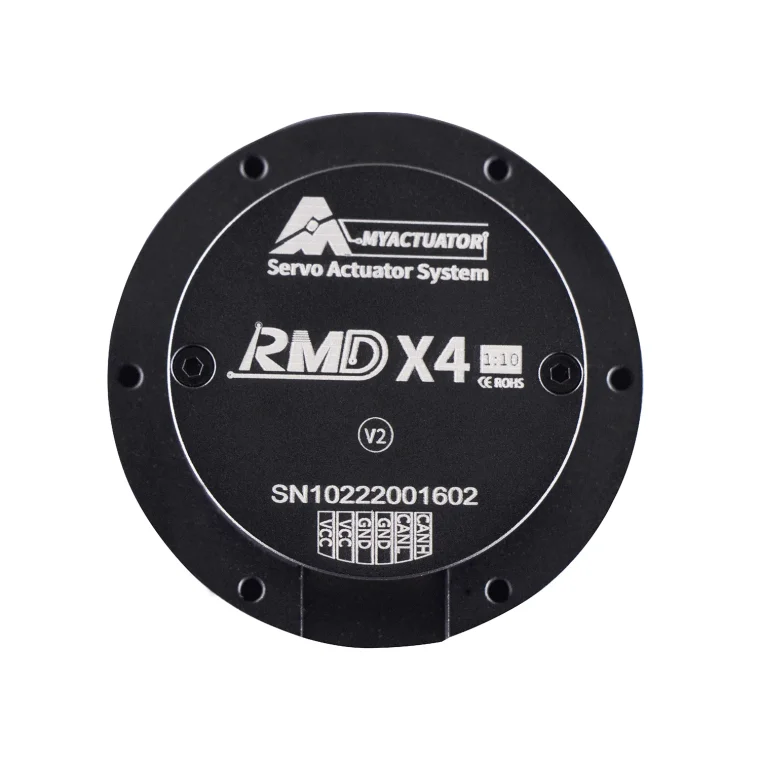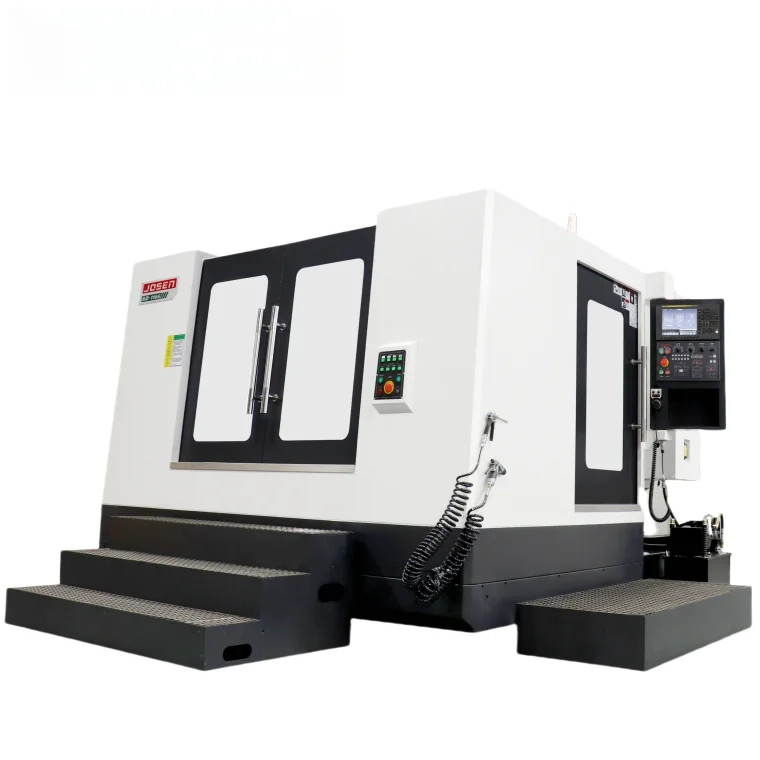In the realm of industrial automation, robots have become indispensable tools that enhance productivity, precision, and efficiency. However, the effectiveness of these robotic systems largely depends on the components that enable their movement and functionality. One such critical component is the robot reducer. In this comprehensive guide, we will explore the role of robot reducers in industrial automation, their types, functions, advantages, and how they contribute to the overall performance of robotic systems.
Understanding Robot Reducers
What is a Robot Reducer?
A robot reducer, also known as a gear reducer or gearbox, is a mechanical device that reduces the speed of a motor while increasing its torque. This is essential in robotic applications where precise control of movement is required. By converting high-speed, low-torque input from a motor into low-speed, high-torque output, robot reducers enable robots to perform tasks with accuracy and power.

How Do Robot Reducers Work?
Robot reducers work on the principle of gear reduction. When a motor drives a gear system, the input gear (driven by the motor) turns faster than the output gear. This speed reduction results in an increase in torque, which is the rotational force that the output gear can exert. The ratio of the input speed to the output speed is known as the gear ratio, and it plays a crucial role in determining the performance characteristics of the robotic system.
Types of Robot Reducers
Robot reducers come in various types, each designed to meet specific application requirements. The most common types include:
1. Harmonic Drive Reducers
Harmonic drive reducers are known for their high precision and compact design. They utilize a flexible spline that deforms to engage with a circular spline, allowing for significant gear reduction in a small footprint. These reducers are ideal for applications requiring high accuracy, such as robotic arms in assembly lines.
2. Planetary Gear Reducers
Planetary gear reducers consist of multiple gears arranged in a planetary configuration around a central sun gear. This design allows for high torque output and efficiency while maintaining a compact size. Planetary gear reducers are widely used in industrial robots, CNC machines, and conveyor systems.
3. Cycloidal Drive Reducers
Cycloidal drive reducers use an eccentric cam mechanism to achieve gear reduction. They are known for their high torque capacity and shock load resistance. Cycloidal drives are often used in heavy-duty applications, such as industrial robots and automated guided vehicles (AGVs).
4. Worm Gear Reducers
Worm gear reducers consist of a worm (screw) and a worm wheel (gear). This type of reducer provides a high gear reduction ratio and is known for its ability to handle heavy loads. However, they are less efficient than other types and are typically used in applications where space is limited.
The Importance of Robot Reducers in Industrial Automation
1. Enhanced Precision and Control
One of the primary roles of robot reducers is to enhance the precision and control of robotic movements. By providing the necessary torque and speed reduction, these devices allow robots to perform intricate tasks with high accuracy. This is particularly important in industries such as electronics manufacturing, where precision assembly is critical.
2. Increased Torque Output
Robot reducers enable motors to deliver higher torque output, which is essential for lifting heavy loads and performing demanding tasks. In applications such as welding, painting, and material handling, the ability to exert significant force is crucial for successful operation.
3. Improved Efficiency
By optimizing the motor's performance, robot reducers contribute to the overall efficiency of robotic systems. They allow motors to operate within their optimal speed and torque ranges, reducing energy consumption and prolonging the lifespan of the equipment.
4. Compact Design
Many robot reducers are designed to be compact and lightweight, making them suitable for applications where space is limited. This is particularly beneficial in robotic arms and mobile robots, where minimizing weight and size is essential for maneuverability and flexibility.
5. Versatility in Applications
Robot reducers are versatile components that can be used in a wide range of applications across various industries. From automotive assembly lines to food processing plants, these devices play a crucial role in automating processes and improving productivity.

Selecting the Right Robot Reducer
Choosing the right robot reducer for a specific application involves considering several factors:
1. Load Requirements
Understanding the load requirements of the application is essential. This includes the weight of the objects being manipulated and the forces that will be exerted during operation. Selecting a reducer that can handle the required torque is crucial for ensuring reliable performance.
2. Speed and Gear Ratio
The desired speed of the robotic movement and the required gear ratio must be taken into account. Different applications may require different speeds, and selecting a reducer with the appropriate gear ratio will help achieve the desired performance.
3. Precision Needs
For applications that require high precision, such as robotic surgery or assembly, selecting a reducer with low backlash and high accuracy is essential. Harmonic drive reducers are often preferred in such cases.
4. Environmental Conditions
The operating environment can impact the performance of robot reducers. Factors such as temperature, humidity, and exposure to dust or chemicals should be considered when selecting a reducer. Some reducers are designed to withstand harsh conditions, making them suitable for industrial environments.
5. Cost Considerations
While performance is critical, cost is also an important factor. Evaluating the total cost of ownership, including maintenance and potential downtime, can help in making an informed decision.
Maintenance of Robot Reducers
Proper maintenance of robot reducers is essential for ensuring their longevity and performance. Here are some maintenance tips:
1. Regular Inspections
Conduct regular inspections of the reducer to check for signs of wear, damage, or misalignment. Early detection of issues can prevent costly repairs and downtime.
2. Lubrication
Ensure that the reducer is adequately lubricated according to the manufacturer's recommendations. Proper lubrication reduces friction and wear, extending the life of the components.
3. Monitoring Performance
Keep track of the performance of the robotic system, including any changes in speed, torque, or noise levels. Any deviations from normal performance may indicate a problem with the reducer.
4. Cleaning
Regularly clean the exterior of the reducer to prevent the buildup of dust and debris. This is especially important in environments where contaminants may affect performance.

Conclusion
Robot reducers play a vital role in the field of industrial automation, enabling robots to perform tasks with precision, efficiency, and power. By understanding the various types of robot reducers, their applications, and the factors to consider when selecting one, manufacturers can optimize their robotic systems for enhanced performance. As technology continues to advance, the importance of robot reducers in automation will only grow, paving the way for more sophisticated and capable robotic solutions in the future. Investing in the right robot reducer is not just about improving current operations; it's about positioning your business for success in an increasingly automated world.
The Role of Robot Reducers in Enhancing Robotic Performance
www.yujiaelectronics.com
Kunshan Yujia Electronics Co., Ltd.



More Stories
Choosing the Right JA Solar Panel Model for Your Needs
Why 51.2V Low Voltage LFP Batteries Deliver Exceptional Lifespan and Cycle Durability?
Unlocking Smart Energy: Key Benefits of a 3 kW Hybrid Grid Solar Inverter